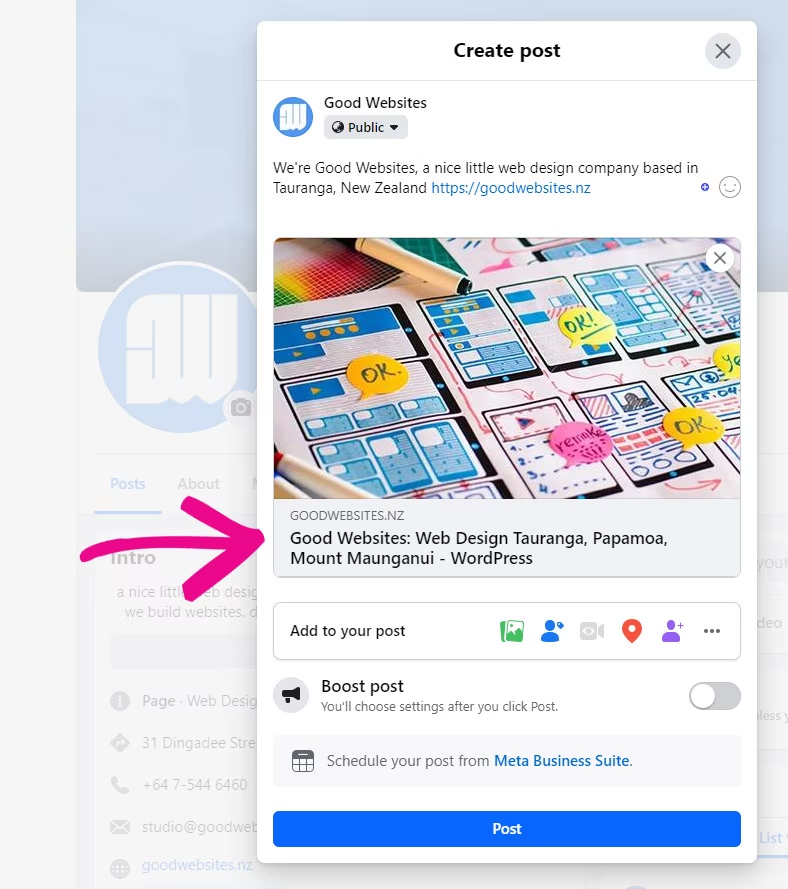A title tag is the text that describes what a webpage is about. It’s one of the most important parts of Search Engine Optimization (SEO)—second only to the content on the page itself.
The title tag appears in three key places
- In your browser
It’s the text you see in the tab at the top of your browser. - In search engine results
It’s the clickable headline you see when your website appears in Google or other search engines. - On other websites
Social media platforms and other sites often use the title tag as the link text when they share or link to your page.



Why Does It Matter?
The title tag is important for both search engines and visitors. Search engines use it to understand what your page is about and decide where to rank it. For visitors, it’s the first thing they see in search results, and a well-written title can help convince them to click on your site.
A Note About Google Rewriting Title Tags
More than 60% of the time, Google rewrites the title tag in search results. This happens when Google thinks your webpage is a great answer for a search query, but your original title tag doesn’t fully match the query. In these cases, Google will rewrite the title to make it more representative of your page and better match what users are searching for.
Best Practices for Writing a Good Title Tag
- Keep it under 70 characters: Google usually shows only the first 60-70 characters of your title. If it’s too long, it will be cut off, which can make your title less effective.
- Include important keywords: Make sure to put the most important words near the front of the title. You want your page to rank for these words, like your main service or product.
- Write for people, not just search engines: Your title should be easy to read and interesting enough to make people want to click on your link. Don’t just stuff it with keywords; make sure it sounds natural.
Suggested Title Formats
Here are a couple of ways you can format your title tag to include your keywords, location and brand
- Primary Keyword – Secondary Keyword | Brand Name
- Primary Keyword – Secondary Keyword – Location | Brand Name
- Location Primary Keyword – Secondary Keyword | Brand Name
- Primary Keyword in Location – Secondary Keyword | Brand Name
- Brand Name | Primary Keyword – Secondary Keyword
- Brand Name | Primary Keyword & Secondary Keyword – Location
Final Tip
Even though title tags help search engines understand your page, they’re just as important for getting clicks from real people. Keep it clear, relevant, and engaging. And while Google might change your title tag to better fit user queries, following best practices will help you maintain control over how your site is presented.
